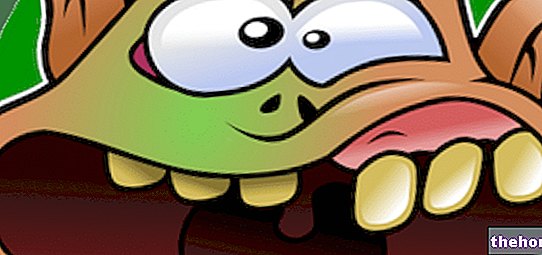INHIBITORS OF MONOAMINOOXIDASE (MAO)
The main catecholamines are adrenaline, dopamine, noradrenaline and serotonin; these are neurotransmitters that act both at the level of the CNS (central nervous system) and the SNP (peripheral nervous system). These catecholamines are synthesized by the neuron, then released into the synaptic space whenever a nerve impulse is to be transmitted. Once the neurotransmitter is in the synaptic space it will stimulate the next neuron thus transmitting the nerve impulse.
Normally the nerve end contains vesicles which in turn englobe the neurotransmitters. The latter are released when the vesicle membrane fuses with the neuron's membrane (presynaptic membrane). At this point the neurotransmitters embedded in the vesicle are released into the synaptic space.
The neurotransmitters present in the synaptic space recognize particular sites present on the next neuron, located mainly on the membrane (postsynaptic membrane). Once the neurotransmitters are bound to these sites, they stimulate the postsynaptic neuron with consequent transmission of the nerve impulse.
Once the action is over, the neurotransmitters are reabsorbed by the presynaptic termination and metabolized (oxidized) by particular enzymes called MAO (monoamine oxidase). There are particular drugs, such as antidepressants, which act by inhibiting the enzyme responsible for the metabolization of these catecholamines.

Monoamine oxidase inhibitors (MAO-inhibitors) prevent the inactivation of catecholamines inside the neuron, causing more neurotransmitters to be released in the synaptic space (a fundamental point in a depressed patient).
Other articles on "Monoamine oxidase inhibitors"
- Pharmacodynamics, non-specific drugs
- Acetylcholinesterase inhibitors




























